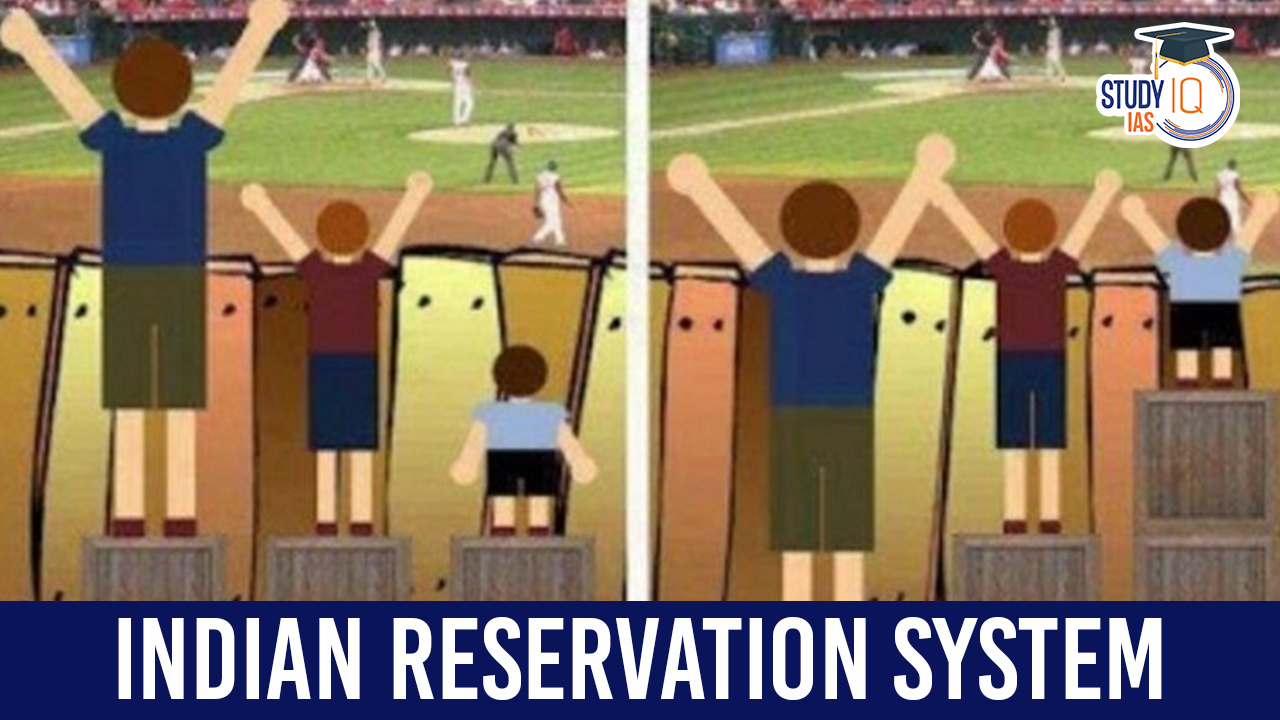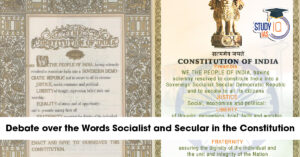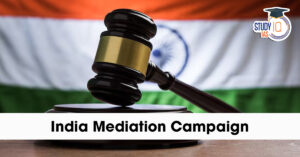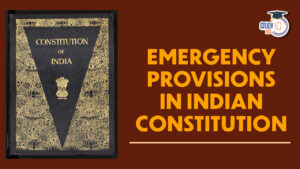Table of Contents
Indian Reservation System
India’s reservation system, rooted in the country’s age-old caste system, aims to provide equitable access to government jobs, educational institutions, and legislatures for historically disadvantaged sections of the population. Originating as a means of addressing historical injustices based on caste identity, the reservation system operates as a quota-based affirmative action, often referred to as positive discrimination. Governed by government policies backed by the Indian Constitution, it has undergone significant evolution over the years.
Historical Background and Evolution
The idea of caste-based reservations was initially conceived by William Hunter and Jyotirao Phule in 1882. However, it was formalized in 1933 with the introduction of the “Communal Award” by British Prime Minister Ramsay Macdonald, which provided separate electorates for various religious and caste groups, including Dalits. Post-independence, the reservation system initially focused on Scheduled Castes (SCs) and Scheduled Tribes (STs) but expanded to include Other Backward Classes (OBCs) in 1991 based on the recommendations of the Mandal Commission.
We’re now on WhatsApp. Click to Join
| Year | Event |
| 1882 | William Hunter and Jyotirao Phule conceive the idea of caste-based reservation system. |
| 1933 | British Prime Minister Ramsay Macdonald introduces the “Communal Award,” providing separate electorates for various religious and caste groups, including Dalits. |
| Post-Independence | Initially, reservations are provided only for Scheduled Castes (SCs) and Scheduled Tribes (STs). |
| 1991 | Other Backward Classes (OBCs) included in reservation ambit based on Mandal Commission recommendations. |
| 1978 | Mandal Commission appointed to define socially and educationally backward classes and recommend steps for their advancement. |
| 1980s | Mandal Commission concludes that approximately 52% of India’s population consists of OBCs, recommending 27% reservation in government jobs for them. |
| Constitutional Amendments | 77th, 81st, and 85th Amendments introduce provisions for reservation in promotions, consequential seniority, and unfilled vacancies for SCs/STs. |
| Supreme Court Verdicts | Landmark cases such as State of Madras v. Smt. Champakam Dorairajan and Indra Sawhney v. Union of India shape the scope and extent of reservation policies. |
| Recent Developments | Constitutional (103rd Amendment) Act of 2019 provides 10% reservation in government jobs and educational institutions for economically backward individuals in the unreserved category. |
| Present | India’s reservation system continues to evolve, facing scrutiny, criticism, and demands for reform amid socio-economic challenges and changing political landscapes. |
Mandal Commission and Constitutional Amendments
Mandal Commission
- In December 1978, the President of India appointed the Mandal Commission under the chairmanship of B. P. Mandal.
- The commission was tasked with identifying socially and educationally backward classes and recommending measures for their advancement.
- The Mandal Commission found that approximately 52% of India’s population belonged to Other Backward Classes (OBCs).
- Based on its findings, the commission recommended that 27% of government jobs be reserved for OBCs.
- The Mandal Commission’s recommendations sparked widespread debate and protests across the country.
Constitutional Amendments
- The 77th Amendment Act of 1995 introduced a new clause, Article 16(4A), enabling the state to provide reservation in promotions for Scheduled Castes (SCs) and Scheduled Tribes (STs) in public services if they are not adequately represented.
- The 81st Amendment Act of 2000 inserted Article 16(4B), allowing states to carry forward unfilled vacancies reserved for SCs/STs to the succeeding year, thereby bypassing the 50% reservation cap.
- The 85th Amendment Act of 2001 modified Article 16(4A) to provide consequential seniority to SCs and STs candidates promoted by reservation.
- These amendments expanded the scope of reservation policies and addressed issues related to promotions, seniority, and unfilled vacancies for SCs and STs.
Judicial Scrutiny and Supreme Court Verdicts
Several landmark Supreme Court cases, including the State of Madras v. Smt. Champakam Dorairajan and Indra Sawhney v. Union of India, have shaped the scope and extent of reservation policies. The Supreme Court upheld the 27% quota for OBCs while introducing the concept of the “creamy layer” and imposing a 50% cap on total reservation. Subsequent judgments clarified the exclusion of the creamy layer from reservation benefits and emphasized the need for data on backwardness.
Critical Analysis of India’s Reservation System
The reservation system in India has been a subject of intense debate and scrutiny, eliciting both support and criticism from various segments of society. A critical analysis of India’s reservation system reveals several key points:
- Addressing Historical Injustice: One of the primary arguments in favor of the reservation system is its role in addressing historical injustices faced by marginalized communities, particularly Scheduled Castes (SCs), Scheduled Tribes (STs), and Other Backward Classes (OBCs). By providing reserved seats in education, employment, and politics, the system aims to uplift these communities and provide them with opportunities they were historically denied.
- Promotion of Social Inclusion: Proponents argue that reservation fosters social inclusion by ensuring representation of diverse communities in various sectors. It helps in breaking down barriers and promoting diversity in educational institutions, government offices, and legislative bodies, thereby creating a more inclusive society.
- Meritocracy vs. Quotas: Critics often argue that reservation compromises the principle of meritocracy by prioritizing caste-based quotas over merit-based selection. They contend that deserving candidates may be overlooked in favor of less qualified individuals solely based on their caste status, leading to inefficiencies and compromising the quality of institutions and governance.
- Caste Reinforcement: Another criticism leveled against the reservation system is its potential to reinforce caste divisions in society. By institutionalizing caste identities and allocating benefits based on caste, the system may inadvertently perpetuate social stratification and hinder efforts towards building a more egalitarian society.
- Creamy Layer and Efficiency: The concept of the “creamy layer,” introduced to exclude affluent members within reserved categories from availing reservation benefits, aims to ensure that the most disadvantaged individuals receive support. However, concerns remain about the efficiency of the system, particularly regarding its impact on overall governance and administrative effectiveness.
- 50% Reservation Cap: The Supreme Court’s directive to cap reservation quotas at 50% of available seats has sparked discussions about the feasibility and practicality of such limitations. Critics argue that this cap restricts the scope of reservation policies and may not adequately address the needs of marginalized communities, while proponents advocate for its maintenance to prevent over-representation and promote fairness.
- Calls for Reform: Over the years, there have been calls for reforming the reservation system to make it more equitable and effective. Suggestions include revisiting the criteria for determining backwardness, ensuring transparency in reservation policies, promoting economic criteria alongside social indicators, and investing in education and skill development initiatives to uplift marginalized communities.
Pros and Cons of Indian Reservation System
| Pros of Indian Reservation System | Cons of Indian Reservation System |
| Addressing Historical Injustice: Provides opportunities for SCs, STs, and OBCs, rectifying centuries-old discrimination and oppression. | Compromising Meritocracy: Prioritizes caste-based quotas over merit-based selection, potentially compromising the quality and efficiency of institutions. |
| Promoting Social Inclusion: Fosters social cohesion and diversity by ensuring representation of marginalized groups in various sectors. | Perpetuating Caste Divisions: May inadvertently reinforce caste divisions in society, hindering efforts towards building a more egalitarian society. |
| Ensuring Equal Opportunities: Levels the playing field, enabling individuals from marginalized backgrounds to compete on merit. | Creamy Layer and Inefficiency: Criticized for inefficiency and lack of transparency in targeting the most disadvantaged individuals within reserved categories. |
| Encouraging Diversity and Representation: Enriches decision-making processes with a range of perspectives and experiences. | Resentment and Division: Can fuel resentment and animosity among different social groups, leading to tensions and conflicts. |
| Empowering Marginalized Communities: Boosts self-esteem, confidence, and socio-economic status of marginalized groups. | Administrative Challenges: Faces difficulties in implementation, identification of beneficiaries, and prevention of misuse. |


 Indian Secularism: Constitutional Provis...
Indian Secularism: Constitutional Provis...
 India Mediation Campaign, Objectives, Pr...
India Mediation Campaign, Objectives, Pr...
 Emergency Provisions in Indian Constitut...
Emergency Provisions in Indian Constitut...





















